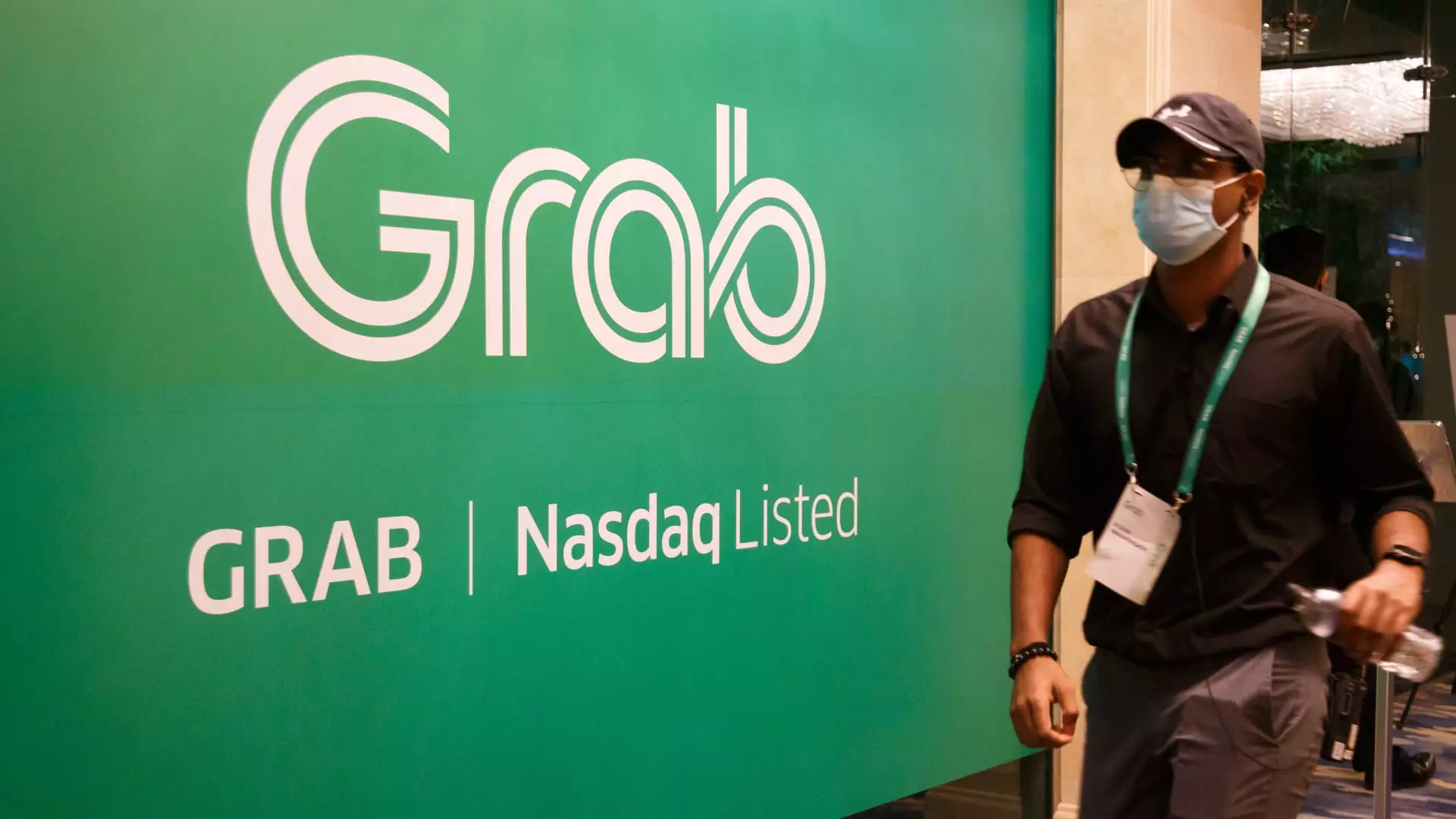Grab, the Southeast Asian ride-hailing giant, recently announced its first-ever profitable quarter, reporting a profit of $11 million in its fourth-quarter earnings report. This marks a significant turnaround from the $391 million loss recorded in the same period a year ago. The company attributed this boost in profitability to improvements in Group adjusted EBITDA, fair value changes in investments, and decreased share-based compensation expenses. In addition to its ride-hailing services, Grab also offers financial services such as payments and insurance, as well as deliveries for food, groceries, and packages.
According to Grab CFO Peter Oey, the company experienced a resurgence in demand for its mobility services, surpassing pre-Covid levels. The deliveries business also saw record growth of 13% year-over-year, with an increase in the number of users on the platform. Oey highlighted the strong momentum that Grab has been experiencing, indicating a positive outlook for the company’s future.
While Grab has historically been unprofitable, accumulating significant losses since its inception in 2012, the company’s recent financial success signals a shift towards prioritizing profitability. In a move to enhance profitability, Grab announced its intention to repurchase up to $500 million worth of class A ordinary shares for the first time. The company has reduced total incentives, including partner and consumer incentives, to 7.3% of the total value of goods sold in the fourth quarter, down from 8.2% in the previous year. This reduction in incentives reflects Grab’s commitment to improving the health of its marketplace and driving profitability.
While Grab has been reducing incentives to drivers and passengers in an effort to boost profitability, CFO Peter Oey emphasized that incentives will continue to be a strategic lever for the business. Oey noted that incentives play a crucial role in ensuring an adequate supply of drivers and attracting price-sensitive customers to the platform. While Grab aims to achieve profitability, it recognizes the importance of incentives in driving growth and maintaining a competitive edge in the market.
Looking ahead to 2024, Grab anticipates revenue between $2.70 billion and $2.75 billion, slightly lower than LSEG analysts’ consensus of $2.8 billion. Despite the slightly reduced revenue forecast, Grab remains optimistic about its growth prospects and the continued demand for its services. The company’s shares closed 8.41% lower following the earnings report, reflecting investor sentiment. Grab’s share price has also declined by 75.8% from its opening price in December 2021, signaling a challenging market environment for the company.
Grab’s recent financial success underscores its resilience and ability to adapt to changing market conditions. With a renewed focus on profitability and strategic incentives, Grab is poised to capitalize on the growing demand for its services in Southeast Asia. As the company continues to evolve and expand its offerings, it remains a key player in the region’s ride-hailing and delivery landscape.


Leave a Reply